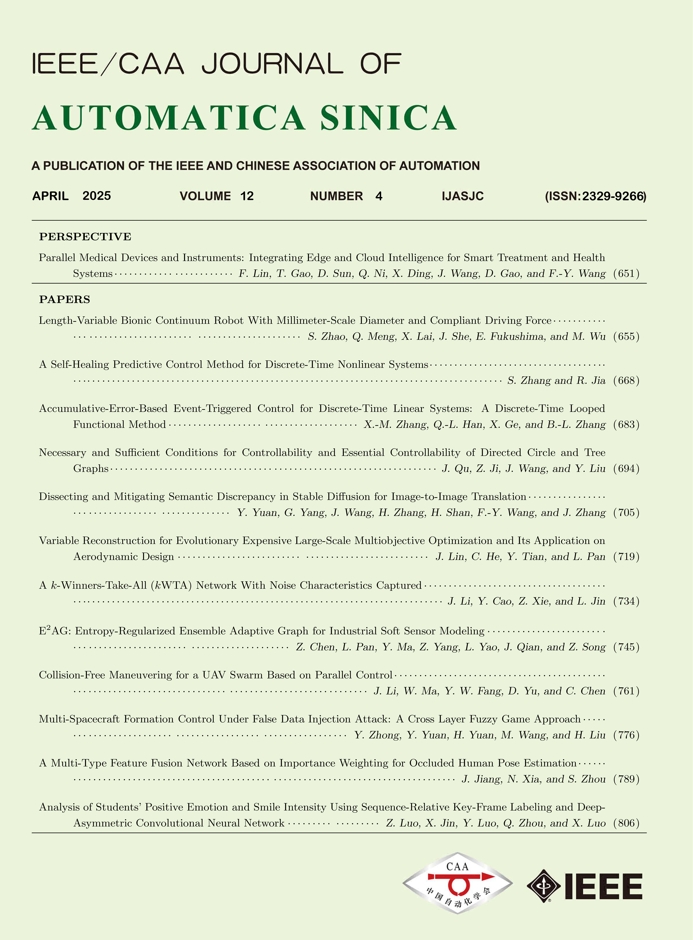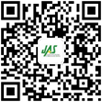2022, 9(7): 1233-1247.
doi: 10.1109/JAS.2022.105668
Abstract:
The performance of medical image classification has been enhanced by deep convolutional neural networks (CNNs), which are typically trained with cross-entropy (CE) loss. However, when the label presents an intrinsic ordinal property in nature, e.g., the development from benign to malignant tumor, CE loss cannot take into account such ordinal information to allow for better generalization. To improve model generalization with ordinal information, we propose a novel meta ordinal regression forest (MORF) method for medical image classification with ordinal labels, which learns the ordinal relationship through the combination of convolutional neural network and differential forest in a meta-learning framework. The merits of the proposed MORF come from the following two components: A tree-wise weighting net (TWW-Net) and a grouped feature selection (GFS) module. First, the TWW-Net assigns each tree in the forest with a specific weight that is mapped from the classification loss of the corresponding tree. Hence, all the trees possess varying weights, which is helpful for alleviating the tree-wise prediction variance. Second, the GFS module enables a dynamic forest rather than a fixed one that was previously used, allowing for random feature perturbation. During training, we alternatively optimize the parameters of the CNN backbone and TWW-Net in the meta-learning framework through calculating the Hessian matrix. Experimental results on two medical image classification datasets with ordinal labels, i.e., LIDC-IDRI and Breast Ultrasound datasets, demonstrate the superior performances of our MORF method over existing state-of-the-art methods.
Y. M. Lei, H. P. Zhu, J. P. Zhang, and H. M. Shan, “Meta ordinal regression forest for medical image classification with ordinal labels,” IEEE/CAA J. Autom. Sinica, vol. 9, no. 7, pp. 1233–1247, Jul. 2022. doi: 10.1109/JAS.2022.105668.


 E-mail Alert
E-mail Alert


